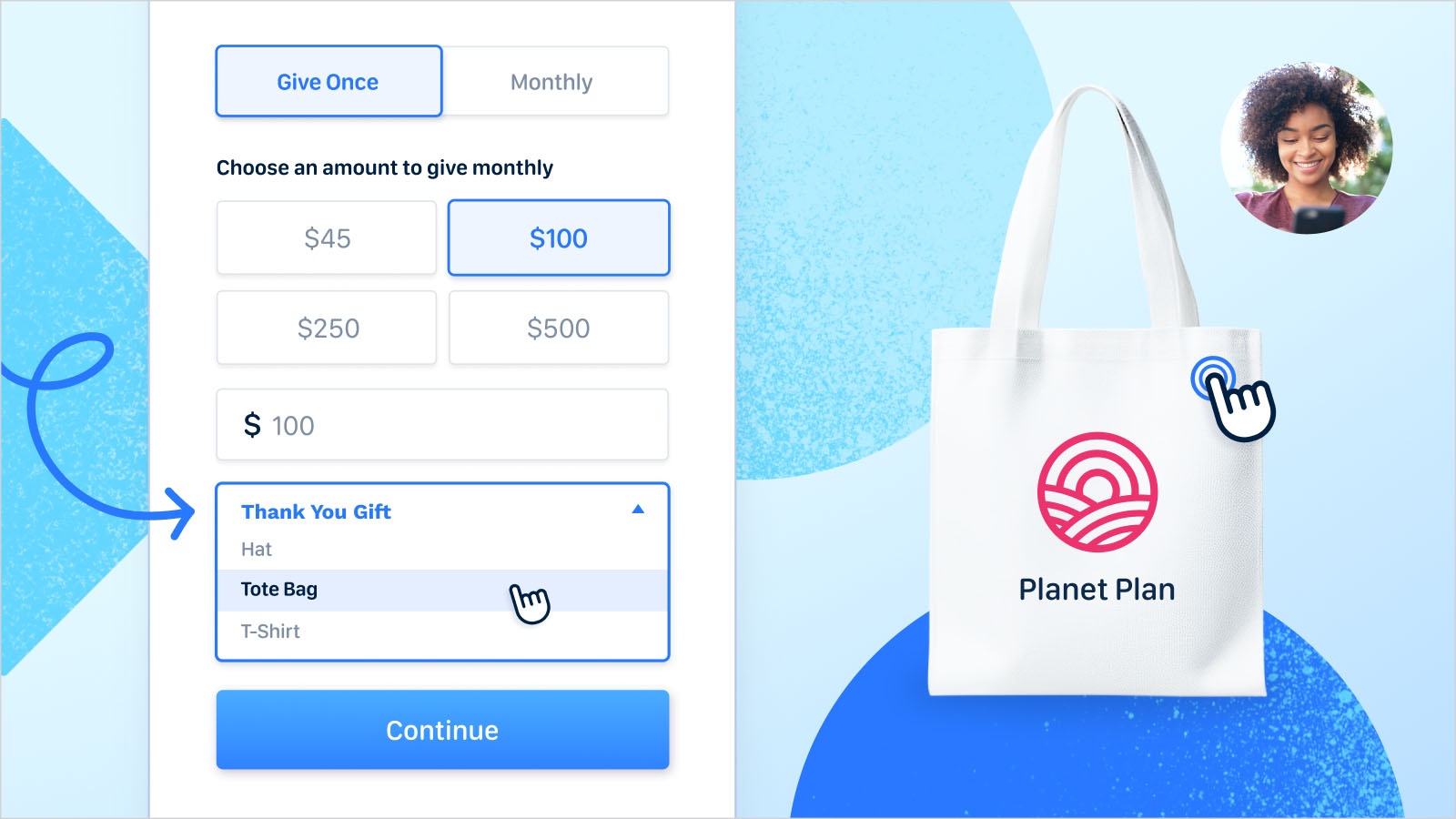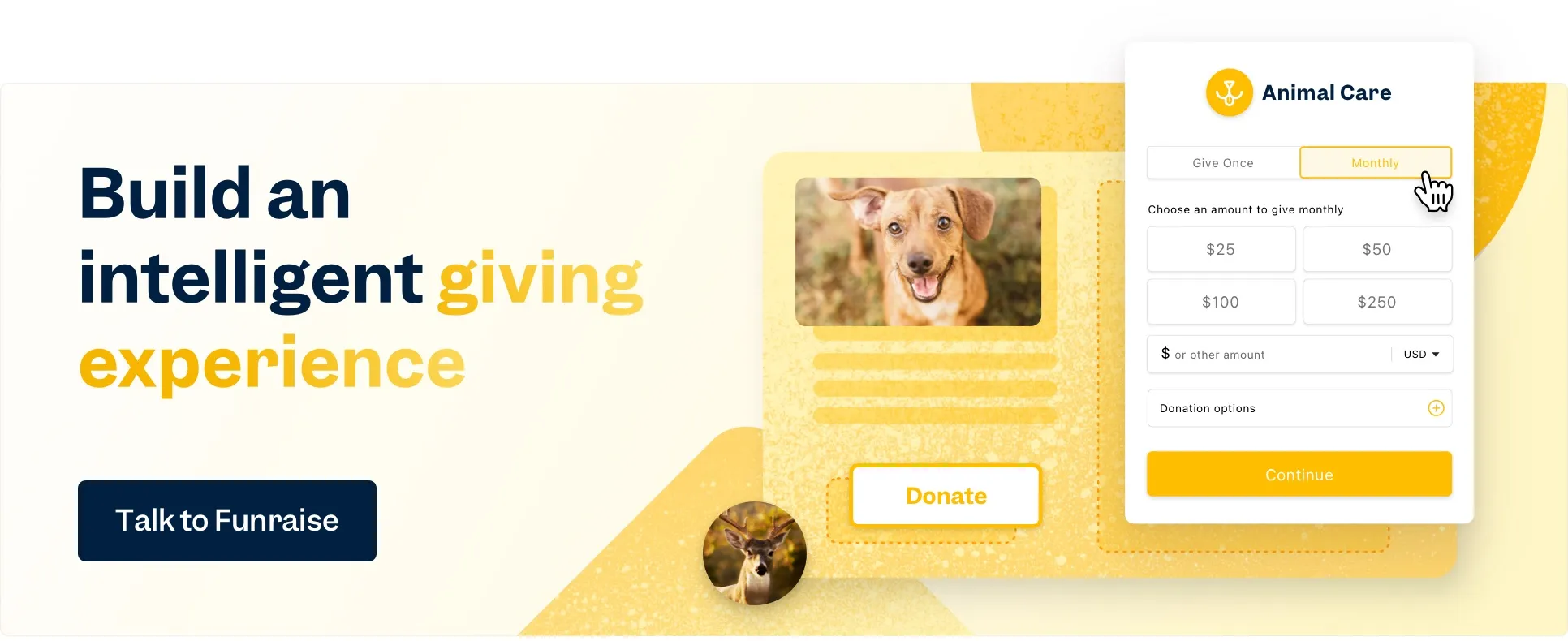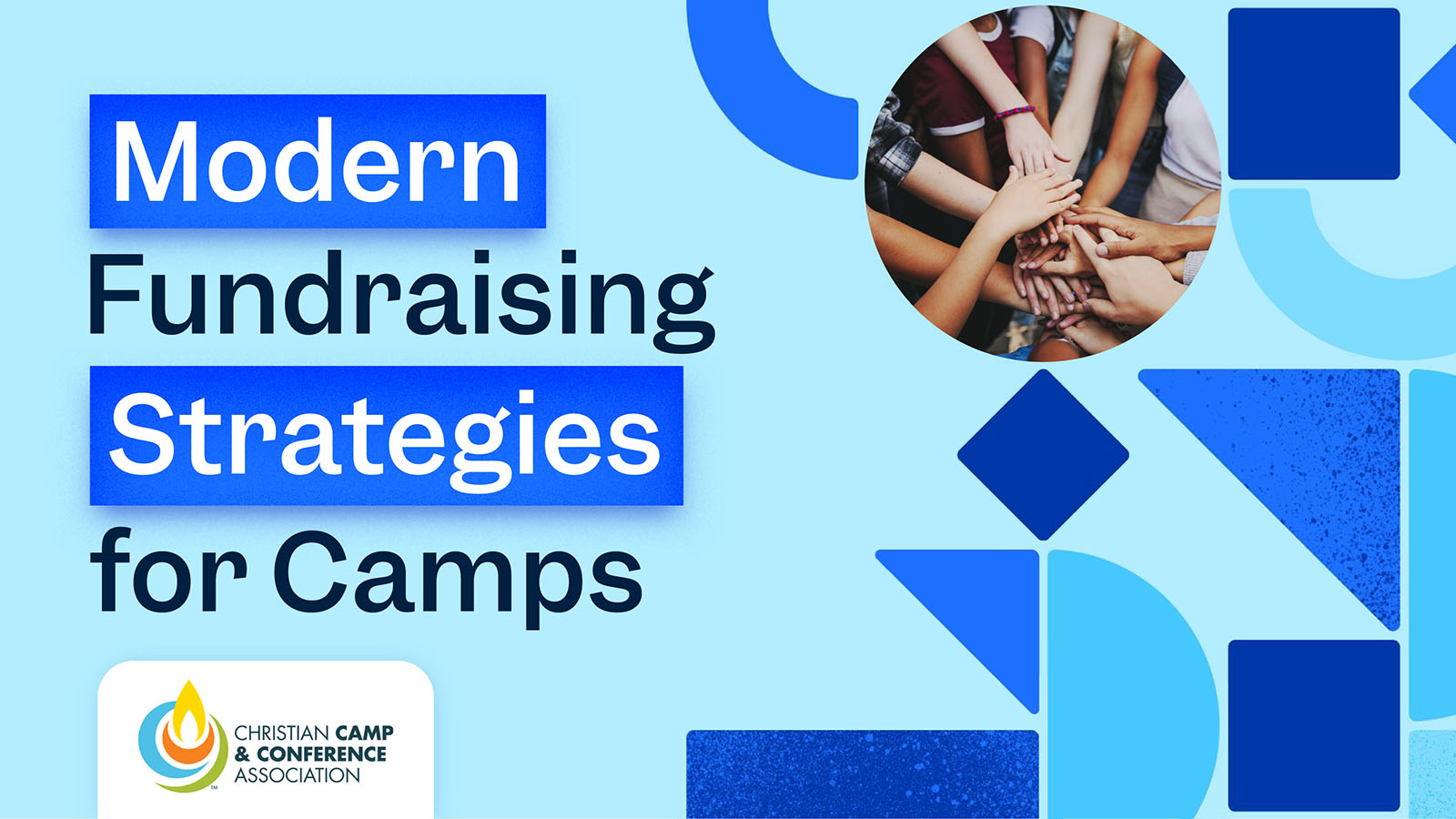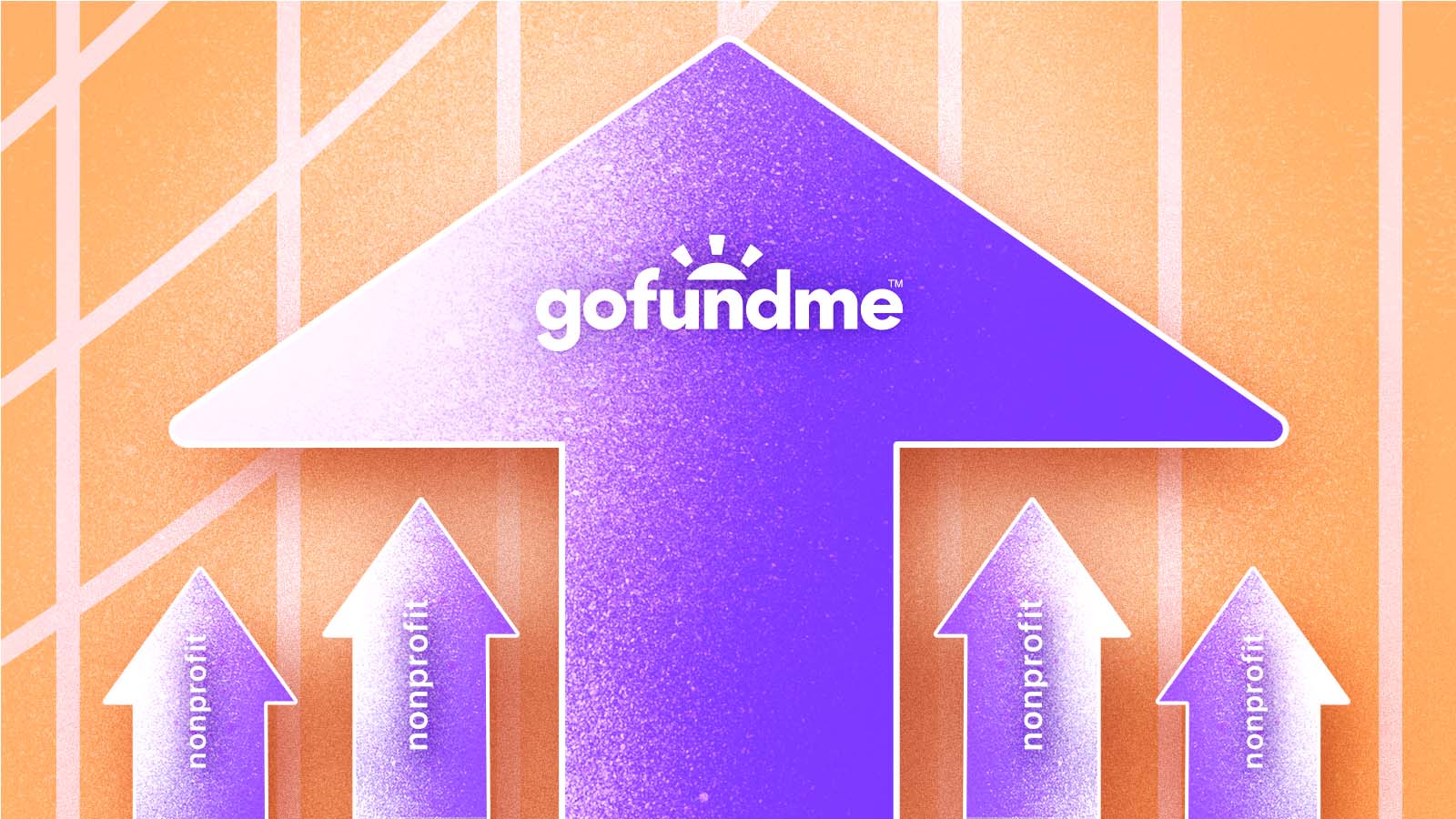Nonprofit Premiums FAQ
What are nonprofit fundraising premiums and how do they work?
Nonprofit fundraising premiums are thank-you gifts or donor incentives offered in exchange for contributions. They motivate giving by adding tangible or experiential value to a donation. Using tools like Funraise Premiums, nonprofits can easily connect rewards to donation tiers and automatically manage fulfillment to inspire more generosity.
Why do nonprofits offer premiums to donors during fundraising campaigns?
Nonprofits offer premiums to increase donor engagement and motivation. A meaningful gift—physical or virtual—creates a sense of connection and appreciation, making supporters more likely to give or upgrade their donations. Premiums help turn generosity into an experience, reinforcing donor loyalty and strengthening long-term fundraising success.
What types of premiums are most successful for nonprofit fundraising?
The best nonprofit premiums align with your mission and audience. Branded merchandise, digital experiences, or locally sourced gifts work especially well. Physical items like T-shirts or mugs and virtual rewards like webinars or livestreams can all boost giving—especially when featured on your Funraise donation forms.
How can nonprofit organizations use incentives to increase fundraising success?
Incentives increase fundraising success by motivating donors to act. When nonprofits link rewards to specific donation levels, donors see clear value in giving more. With Funraise Premiums, organizations can easily test different incentives, track performance, and discover which gifts inspire the highest conversions and repeat donations.
How can nonprofits use gifts to effectively thank and retain donors?
Donor gifts serve as personalized thank-yous that build emotional connection and loyalty. When supporters feel appreciated, they’re more likely to give again. By offering thoughtful, mission-aligned premiums through Funraise, nonprofits can show gratitude, celebrate donors’ impact, and strengthen relationships that lead to sustained giving over time.
Premiums help you go all in on donor retention strategies!Hear from Innocence Project and Justin Wheeler, Funraise CEO and Co-founder on how to retain and upgrade your donors:
“It is infinitely more cost-effective to retain a donor that we already have than go out and find a new one.”
How do nonprofit premiums help increase donations?
Premiums increase donations by adding immediate, emotional, and tangible value to the act of giving. Donors are more likely to complete a contribution—and give at higher levels—when rewarded for their generosity. Funraise Premiums make it easy to integrate these incentives directly into donation forms for better results.
Are nonprofit premiums tax-deductible?
Only part of a donation that includes a premium is typically tax-deductible. Donors can usually deduct the amount exceeding the fair market value of the gift. Nonprofits should disclose this value in donor receipts and consult compliance partners or state nonprofit agencies for accurate tax guidance.
What are examples of nonprofit premiums?
Examples of nonprofit premiums include branded T-shirts, mugs, tote bags, and digital experiences like virtual events or behind-the-scenes tours. Animal shelters might offer pet calendars, while health organizations could provide wellness guides. With Funraise Premiums, it’s easy to customize incentives that reflect your mission and excite donors.
How can I set up premiums with Funraise?
Setting up premiums in Funraise takes just a few minutes. You can link rewards to specific donation tiers, track fulfillment automatically, and highlight incentives on your forms. Follow this step-by-step guide to get started: How to Set Up Premiums in Funraise.





























.webp)
.webp)











.webp)
.webp)

.webp)
.webp)
.webp)




